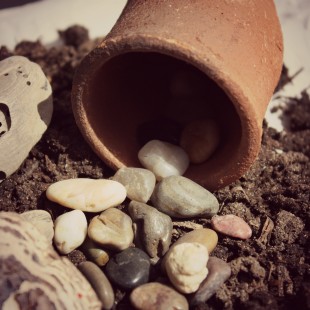
Rune Study : Perthro
Perthro : Mystery, Fate, Lot-cup, Womb/Vagina
Perthro embodies the mystery of all the runes. After all, the word rune just means mystery. Perthro is the unknown, the undefined, the unanswered. Perthro is the womb, from which all life springs forth. The magic, those things that are so hard to wrap our logical minds around, but our hearts feel, this is Perthro.
Continue Reading →
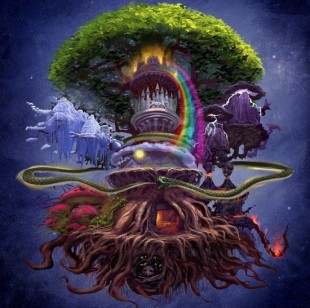
Rune Study : Eihwaz
Eihwaz : Yew, Yggdrasil
Eihwaz represents the axis of the physical and spiritual worlds. It is associated with the yew tree, as the yew has long been viewed as a sacred tree, connected to the physical and spiritual realms. Trees in general, with their roots in the earth, and branches reaching into the sky (towards the spiritual realms) are a symbol of this connection of worlds.
The Yew tree is associated with life and death. As an evergreen, it is life in the midst of death, and embodies the duality of the universe, and the bringing together of binary opposites. The yew is a poisonous tree, and was a favourite wood for bow-making among ancient Celtic tribes-people.
Eihwaz is the rune of inner power. Allowing us to journey inward, we can use it’s energy to connect to ant of the nine worlds, and so this rune is integral to seidhr-work. Seidhr is the shamanistic practice of journeying outside of ones body, traveling throughout the nine worlds to gather information and seek answers. The rune Eihwaz allows us to connect to Yggdrasil, and journey within.
Continue Reading →
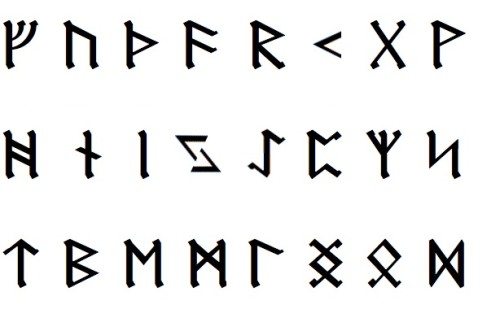
Introduction to the Runes
As I was writing this introduction, the first few sentences proved to be the most challenging to face. How can I begin telling people about these wondrous things called runes? Firstly, I suppose, I should explain the meaning of the word “rune”.
Continue Reading →
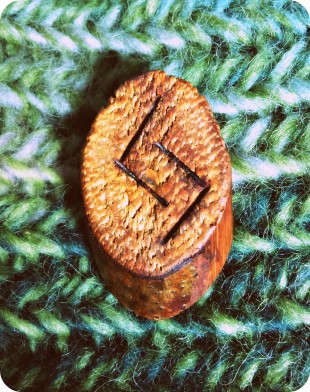
Rune Study : Jera
Jera : Year
“The wheel turns
As the sod crunches
Frozen beneath the cart.
The wheel turns
As the snow melts
And the plow bites
Into the earth’s darkness.
The wheel turns
As the rains come
And light green dusts
The breast of the field.
The wheel turns
And the golden stalks wave
In warm, lush winds
Under a brilliant sky.
The wheel turns
As the scythe whooshes
Through the golden stalks
At the time of harvest.
The wheel turns
And time repays you
For the patience you’ve shown
About the seeds you sowed.”
-Modern Rune Poem by E. Vongvisith
Continue Reading →
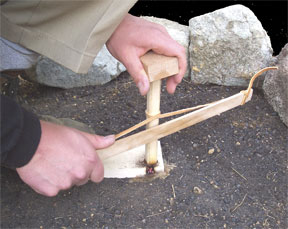
Rune Study : Nauthiz
Nauthiz : Necessity, Need-fire, “Not-this”
NEED! We all find ourselves in a position of need at some point in our journey. We may be struggling to make ends meet financially. We might need to get out of a bad or unhealthy relationship. We may initiate an intense change in circumstance, by our own choices, and feel the need to let go of something, or be wanting for something. This is Nauthiz.
Continue Reading →
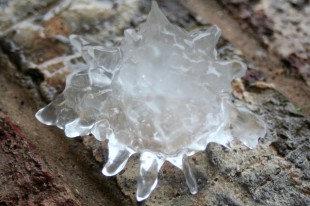
Rune Study : Hagalaz
Hagalaz : Hail
Hagall er kaldakornok krapadrífa
ok snáka sótt.
grando hildingr.
Hail, cold grain
and shower of sleet
and sickness of serpents.
Continue Reading →
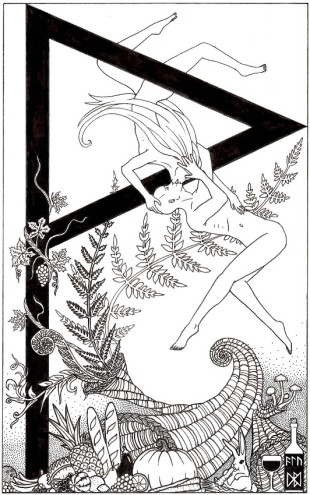
Rune Study : Wunjo
Wunjo : Joy, Harmony
We now arrive at the end of the first aett, a grouping of eight runes. There are 3 aetts in the Elder Futhark. This first aett embodies very physical aspects of life. Finances (Fehu), physical creative force and endurance (Uruz), directed force and overcoming challenges (Thurisaz), divine inspiration and manifestation through speech (Ansuz), Journeying and transformation (Raidho), Creativity and the seeker (Kenaz), balance, exchange and gifts (Gebo), and Wunjo, harmonious merging, joy and contentment.
Wunjo reminds us that abundance is to be shared, for us to experience joy and contentment. The societies we live in are based on money, and this system requires a paradigm of scarcity, fear of loss, and greed to continue to function. The paradigm of abundance is a natural paradigm. Nature is based on co-operation and abundance. The forest provides for all the plants and animals that depend on it for sustenance. There is nothing wasted, and nothing lacking. The idea of scarcity is a fictitious story forced upon us to perpetuate a system that destroys and takes without giving back.
Continue Reading →
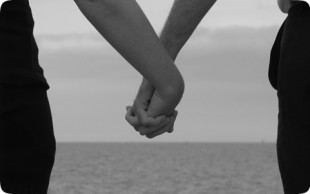
Rune Study : Gebo
Gebo: Gift
The exchange of gifts can bring us much satisfaction, if the exchange is a balanced one, and we feel we have received somethings of equal value to what we gave. The Old Norse culture had a social construct based on this rune: hospitality. One would have a space set aside for travelers or those in need of shelter. One would never know when a guest would arrive, without the technology we have today. Guests would just show up, and expect to be treated with respect, fed, and housed until they moved on. People would have extra beds or rooms set aside for guests. This was a societal expectation, and was enforced by their laws. Everyone would be glad to have a guest as it was an opportunity to get news from abroad, hear new stories, and practice the art of hospitality. People would want to please the guest by giving them good accommodation, because they never knew when the time would come that a member of their own family would be in the same position as the guest, and need someone to take care of them.
Continue Reading →
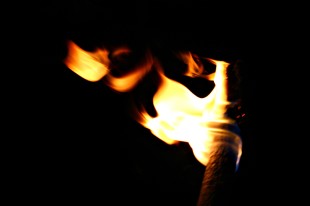
Rune Study : Kenaz
Kenaz : Torch
I like looking at the runes in the context of the inner journey, or shamanic pathway. This lends a more personal feeling to each rune, and allows us to easily apply the runic concepts (which can sometimes be very esoteric) to our lives and to ourselves.
In that context, Kenaz can represent the seeker. The light in the dark, that guides us along our way. The inspiration to seek the truth, and understand mystery. Kenaz is the fire that has been harnessed, the creative forced now ready to be used.
Continue Reading →
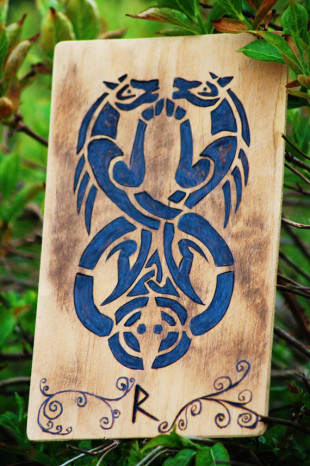
Rune Study : Raidho
Raidho : Wagon; Journey; Transportation
Raidho, to me, represents the spiraling journey and ordered movement of the Universe. When we tap into the lessons Raidho has to teach, we discover the order in the chaos of this experience. Raidho takes us on the journey to our center, to our core, and outwards once again. Raidho is the wagon in which we partake of the long ride. This rune can refer to a journey, movement in our lives, either the inner journey, or a physical change in surroundings.
Continue Reading →